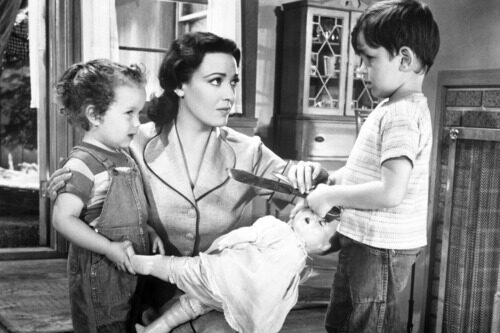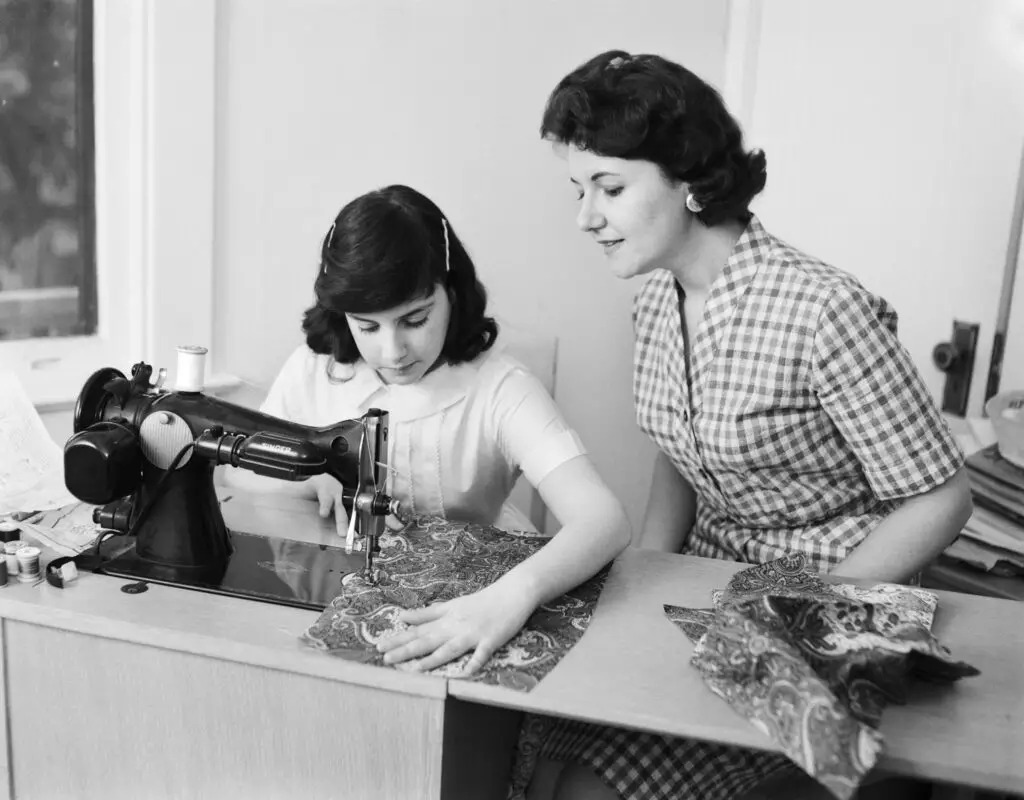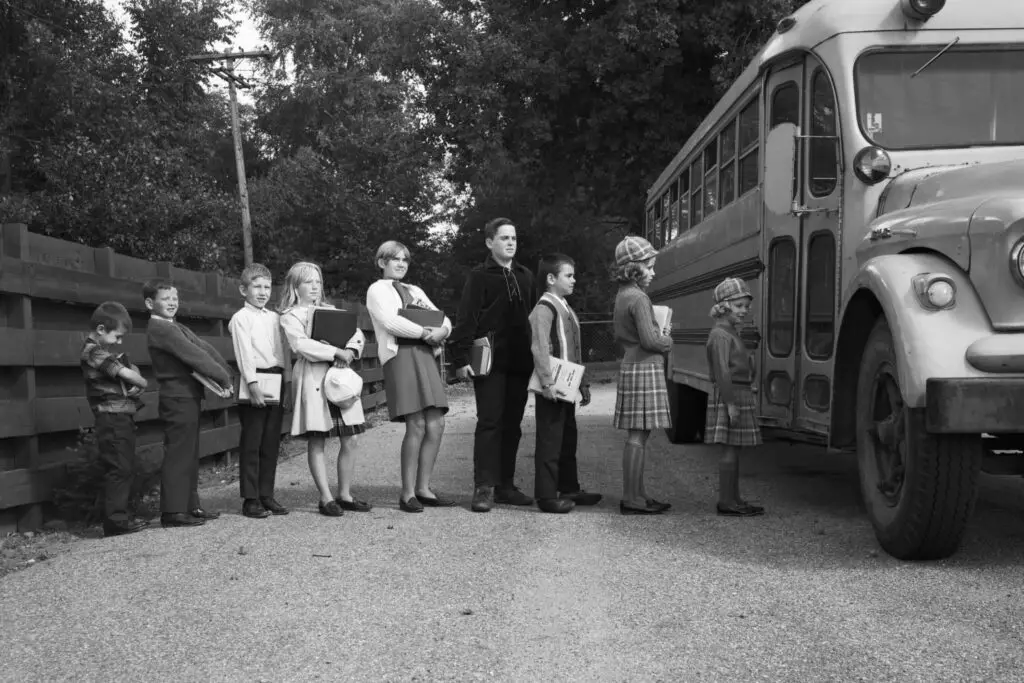1. Living Below Their Means

Your grandparents weren’t obsessed with keeping up with the Joneses. They bought what they needed, not what they wanted, and they made things last. Clothes were patched up, cars were driven until they wouldn’t start, and eating out was a rare treat. Credit cards weren’t as common, so if they couldn’t afford something, they simply didn’t buy it. They weren’t ashamed to shop secondhand or barter for goods and services. Every extra dollar went into savings, not on fleeting luxuries says Money Talks News.
That mindset made them quietly wealthy over time. They weren’t flashy about it, but they built financial security by spending far less than they earned. Today, people tend to spend raises instead of saving them, but older generations understood that wealth came from careful management, not just high earnings. They would shake their heads at how much people waste on subscriptions, gadgets, and overpriced coffee today.
2. Cash Was King

Before credit cards took over, cash ruled everything. If your grandparents wanted something, they saved up and paid for it outright. There was no such thing as a car loan for most families—they bought used and paid in full. Homes were purchased with hefty down payments to keep mortgages low, and there was no temptation to rack up debt on impulse purchases adds the White Coat Investor.
This meant they had a deep respect for money and understood its value. Swiping a card doesn’t feel the same as handing over cold, hard cash. When every dollar is tangible, people tend to think twice before spending. That discipline kept them out of financial trouble and allowed them to build wealth instead of debt.
3. The Envelope System

Many of our grandparents used a simple yet effective budgeting tool: envelopes. They labeled envelopes for different expenses—rent, groceries, gas—and filled them with the right amount of cash for each category. Once an envelope was empty, that was it for the month. There was no dipping into savings or using a credit card as a safety net says the Globe and Mail.
This method kept spending in check and made sure they never lived beyond their means. It also made saving a habit because there was always an envelope for “rainy day” funds. Unlike today’s digital banking, which makes it easy to overspend, handling physical cash gave them a real sense of control over their money.
4. Side Hustles Were the Norm

Your grandparents weren’t afraid to hustle. Even if they had a steady job, they often picked up extra work to bring in more money. Maybe they repaired appliances, sold homemade goods, or took on odd jobs in the neighborhood. They understood that relying on a single income stream was risky, so they always had a backup plan shares Nerd Wallet.
These side hustles weren’t about “passion projects” or online gigs—they were practical and necessary. The extra cash went toward big goals like buying a home or sending kids to college. Today, many people rely solely on their paycheck, but older generations knew that multiple income sources meant security.
5. Fixing Instead of Replacing

If something broke, your grandparents didn’t toss it—they fixed it. Clothes were sewn, appliances were repaired, and shoes were taken to a cobbler instead of being thrown away. They had skills that saved them from constantly spending money on replacements. Instead of upgrading to the latest model, they made what they had last as long as possible.
This mindset saved them thousands over the years. While today’s culture pushes constant consumption, previous generations saw waste as foolish. They valued resourcefulness and took pride in maintaining their belongings. That ability to stretch every dollar helped them build lasting wealth.
6. Cooking at Home

Eating out was a luxury, not a habit. Your grandparents knew how to cook, and they made almost every meal from scratch. They didn’t rely on takeout, frozen dinners, or meal delivery services. Instead, they bought fresh ingredients and stretched them into multiple meals.
Cooking at home wasn’t just healthier—it was dramatically cheaper. They knew how to make a whole chicken last for several meals and how to repurpose leftovers creatively. Today, the average family spends a fortune on dining out, but older generations built wealth by keeping food costs low.
7. Buying Quality Over Quantity

Your grandparents believed in buying once and buying well. Instead of filling their homes with cheap, disposable items, they invested in high-quality goods that lasted. Whether it was furniture, clothing, or tools, they preferred durable craftsmanship over trendy, flimsy products.
This approach meant they spent less in the long run. A well-made coat lasted for decades, while a cheap one needed replacing every year. They understood that quality saved money over time, something modern consumers often forget in the age of fast fashion and planned obsolescence.
8. Avoiding Lifestyle Inflation

As their income grew, your grandparents didn’t rush to upgrade their lifestyle. They didn’t buy a bigger house just because they could, and they didn’t trade in their car every few years. Instead, they stuck with what worked and saved the extra money.
This discipline allowed them to accumulate real wealth. Today, many people increase their spending as soon as they get a raise, leaving them in the same financial situation despite earning more. Older generations knew that keeping expenses low was the key to financial success.
9. Using Public Transportation

Owning multiple cars wasn’t the norm for most families. Many relied on buses, trains, or simply walked when possible. Owning a vehicle was a big expense, so they made do with just one, and it was usually driven until it could drive no more.
This saved them thousands in gas, maintenance, and insurance costs. They weren’t obsessed with convenience like today’s world, where everyone wants a personal vehicle for every family member. Instead, they saw transportation as a tool, not a status symbol.
10. Growing Their Own Food

Many grandparents had a vegetable garden, even in small yards. They grew tomatoes, beans, herbs, and other essentials, reducing grocery bills and ensuring fresh, organic food. Canning and preserving food was also common, so nothing went to waste.
This self-sufficiency kept them from relying too much on grocery stores. While many people today see gardening as a hobby, older generations saw it as a smart financial move. They would shake their heads at how much money people now spend on produce that could be grown at home.
11. Sharing Resources

Communities were tight-knit, and people shared what they had. Instead of everyone buying their own expensive tools or appliances, neighbors lent them to each other. Big family purchases were often split, making them more affordable.
This communal mindset saved a lot of money. Today, people are more individualistic, buying everything for themselves instead of pooling resources. But older generations knew that collaboration was both financially smart and socially enriching.
12. Shopping Secondhand

Thrift stores, garage sales, and hand-me-downs were common. Your grandparents didn’t see any shame in wearing used clothing or furnishing their home with pre-owned items. They understood that quality could be found for a fraction of the price.
This habit kept them from overspending and allowed them to stretch their money further. In contrast, modern consumers are quick to buy brand-new, often at inflated prices, without considering smarter alternatives.
13. Avoiding Trendy Investments

They didn’t chase the latest financial fads. Instead of risky stock speculation, they focused on slow and steady wealth-building through real estate, savings, and conservative investments. They weren’t looking for a quick buck—they were playing the long game.
This patience paid off. While many today fall for get-rich-quick schemes, older generations built their wealth through consistency and smart decision-making. They knew that real financial success wasn’t flashy—it was steady and reliable.
14. Passing Down Financial Wisdom

Perhaps the most valuable thing they did was teach their children about money. They led by example, showing the importance of saving, working hard, and living within one’s means. Financial literacy was passed down through stories, habits, and shared experiences.
Today, many young people struggle with money because these lessons have been forgotten. But if we look back at how our grandparents built their wealth, we might find the keys to financial success are simpler than we think.
